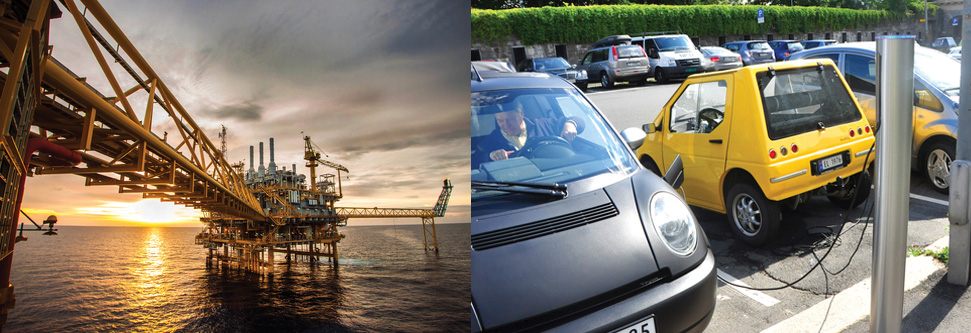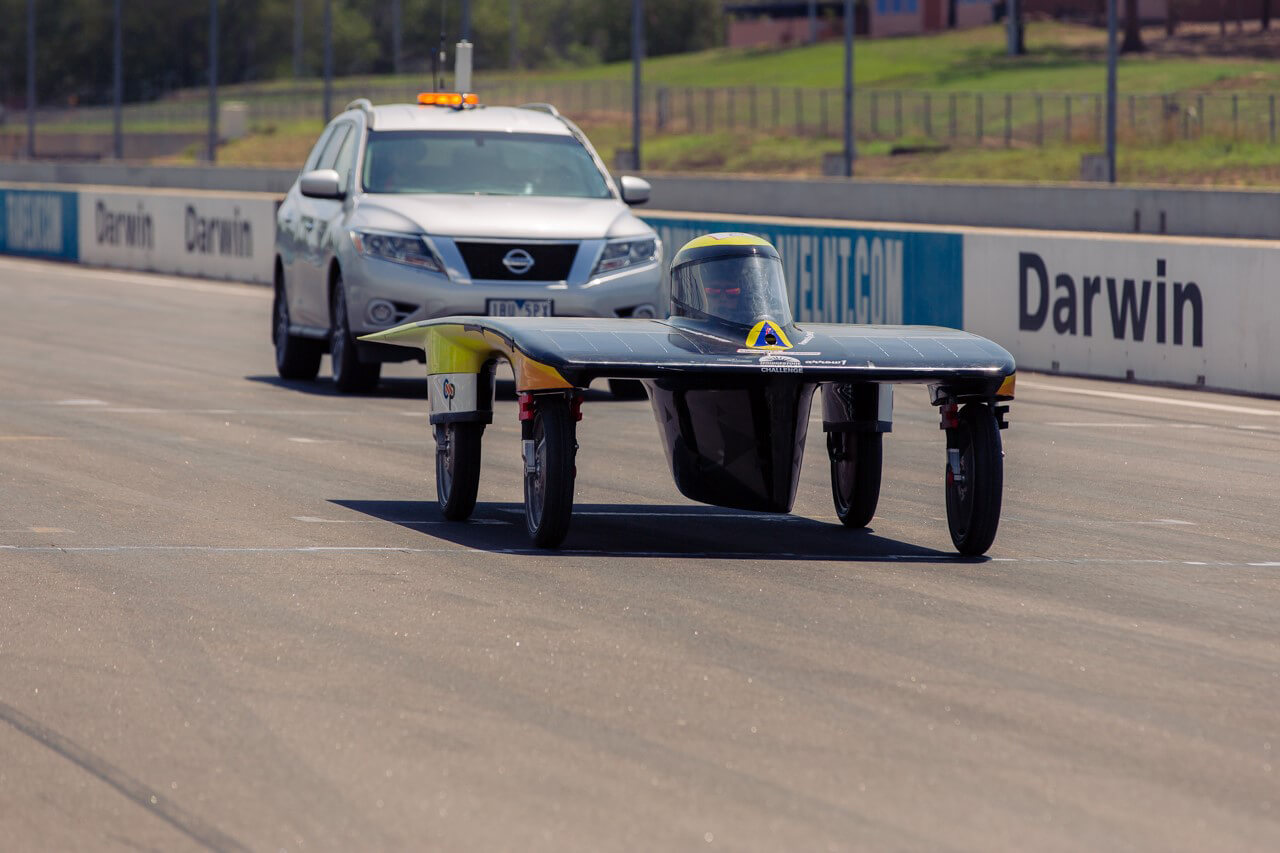Transport Fuel Security: the World (Solar) Challenge
The 2015 Bridgestone World Solar Challenge will take place from 18 to 25 October 2015. Pegasus Legal will use this opportunity to look at a number of topics at the interface of transport and renewable energy.

Pegasus Legal is a very proud supporter of Clenergy TeamArrow, Australia’s premier and Brisbane-based solar car racing team. Clenergy TeamArrow was the highest ranked Australian finisher in the last 2013 Bridgestone World Solar Challenge and has completed the 2015 Abu Dhabi Solar Challenge where it won the mechanical design award.
The development of renewable energy has traditionally focussed on the renewable generation of electricity and neglected other areas of primary energy consumption, such as thermal requirements of industry and households and in particular the transport sector. Renewable energy installations are built around and are dependent upon distribution and transmission networks to export the electricity generated.
The debate around renewable energy has also (justifiably) focussed on the climate change mitigation that renewable energy can deliver. It has, however, neglected the significant contribution that renewable energy can deliver to energy security. In Australia, energy security is understood to refer to “the adequate, reliable and competitive supply of energy to support the functioning of the economy and social development” (National Energy Security Assessment 2011).
But is renewable energy able to contribute to transport fuel security? 97 per cent. of the Australian transport sector depends on petroleum products; road transport accounts for 77 per cent. of the transport sector, indicating that even the non-road sector (rail, air, sea) relies heavily on petroleum products. The perceived benefit of petroleum products is the high energy density and the ability to store and transport petroleum products relatively safely (flammable, even explosive, but not volatile).
After an early round of hybrid vehicles (in particular the Toyota Prius) which harnesses energy predominantly from regenerative breaking technologies that are also known from modern electrified railways, there is now a number of car manufacturers that provide fully electric vehicles: The famous Tesla models, BMW i3, Nissan Leaf, Mitsubishi i-MiEV, Renault Fluence and others slowly become a more common sight in our cities.
The potential of electric vehicles to act as storage devices for renewable energy has been highlighted by many, as well as their ability to support network functions. 95 per cent. of all car journeys are within city boundaries creating an enormous potential for the deployment of electric vehicles. Improvements in affordable battery capacity and cycle life as well as nascent fast-charging networks further expand the reach of electric vehicles.
But will the development stop there? Is there a prospect of vehicles becoming generators of renewable energy and not only consumers of stored renewable energy that is taken from traditional electricity networks? One of the teams show-casing the ability to race solar cars from Darwin to Adelaide (Bridgestone World Solar Challenge) is the Brisbane-based Clenergy TeamArrow.
The Bridgestone World Solar Challenge poses many challenges to the innovative engineers at the Clenergy TeamArrow workshop, but also to the political and industry decision-makers that think about transport fuel security. How can we create a framework where our need for imported transport fuels is reduced, relying instead on the best of energy storage and energy generation in electric vehicles?

